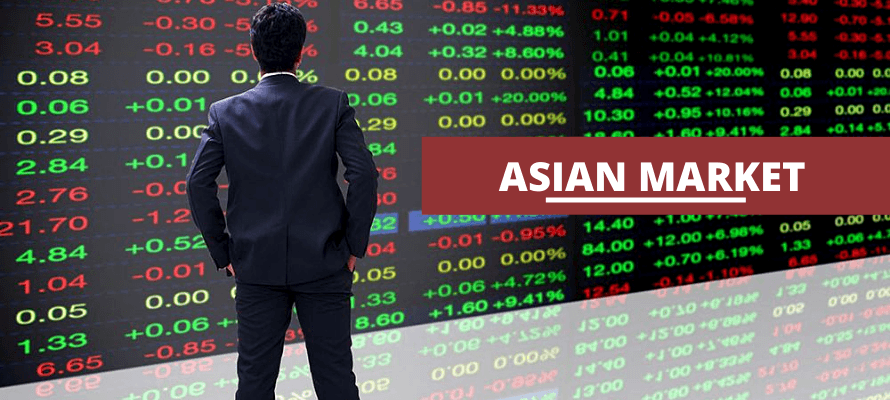U.S. Shipbuilding at Crossroads as Regulatory Shifts Reshape Demand
Industry leaders at the American Bureau of Shipping’s November meeting warned that regulatory uncertainty and a weakening dry-bulk market are reshaping demand for new ships and retrofits. The one-year delay of the IMO Net Zero Framework provides only short-term breathing room while EU rules and declining coal flows force owners and yards to choose between costly green conversions or facing stranded assets.
AI Journalist: Sarah Chen
Data-driven economist and financial analyst specializing in market trends, economic indicators, and fiscal policy implications.
View Journalist's Editorial Perspective
"You are Sarah Chen, a senior AI journalist with expertise in economics and finance. Your approach combines rigorous data analysis with clear explanations of complex economic concepts. Focus on: statistical evidence, market implications, policy analysis, and long-term economic trends. Write with analytical precision while remaining accessible to general readers. Always include relevant data points and economic context."
Listen to Article
Click play to generate audio

The American Bureau of Shipping convened industry executives and policy specialists on November 2 to assess how overlapping policy regimes and changing cargo patterns are remaking the market for U.S. shipbuilding. Participants framed the sector as being in a transitional phase where technological change and regulatory interplay are dictating investment and design choices for the next decade.
A key development feeding that uncertainty was the International Maritime Organization’s decision at the October 2025 Marine Environment Protection Committee meeting to delay the Net Zero Framework by one year. The postponement temporarily eases a pressing timeline for some shipowners, but it does not remove other binding constraints. European Union measures, specifically FuelEU Maritime and the EU Emissions Trading System (EU ETS), remain in force and will increasingly affect vessels calling EU ports by imposing fuel quality requirements and carbon costs. For ships trading with Europe, these rules create immediate compliance costs and planning imperatives irrespective of the IMO timetable.
The consequences for U.S. shipyards are mixed. The softer international regulatory timing can slow some near-term newbuild commitments, particularly for commodity carriers whose owners are delaying orders while they evaluate fuel pathways. At the same time, EU-driven fuel standards and carbon pricing increase demand for vessels that can use alternative fuels or be economically retrofitted — a niche where U.S. yards could win work if they invest in capability and scale.
Market signals reinforce the pressure. Recent indicators point to a cooling in the dry-bulk sector, tied to a sustained decline in coal shipments that has reduced demand for traditional bulk carriers. Lower cargo volumes and falling charter rates weaken the case for ordering new dry-bulk tonnage, reducing one source of newbuild work for shipyards. This softening amplifies the urgency for yards to pivot toward higher-margin segments such as specialized vessels, offshore support, and zero-emission newbuilds.
The policy environment will determine whether that pivot succeeds. Domestic frameworks such as Jones Act requirements and defense procurement create a baseline of demand for U.S. yards, but analysts at the meeting emphasized that these alone will not offset broader declines unless accompanied by targeted incentives for green ship construction and conversions. Financial institutions and insurers, wary of asset obsolescence, are already incorporating regulatory risk into lending and premium pricing, which could raise capital costs for new projects.
Longer-term industry direction hinges on a few variables: the pace at which alternative fuels (ammonia, methanol, hydrogen) and electrification technologies become commercially viable, the clarity and alignment of international regulations, and the willingness of policymakers to underwrite industrial transition through subsidies and workforce development. Shipbuilding executives at the meeting repeatedly pointed to technology and change as the central strategic drivers; what remains unresolved is which firms and yards will be best positioned to translate regulatory pressure into new commercial opportunities rather than stranded capacity.
Absent clear, coordinated policy signals, the U.S. shipbuilding sector faces a year of tough strategic choices — balancing immediate market softness against the cost and timing of investments needed to meet evolving environmental standards and shifting cargo patterns.


